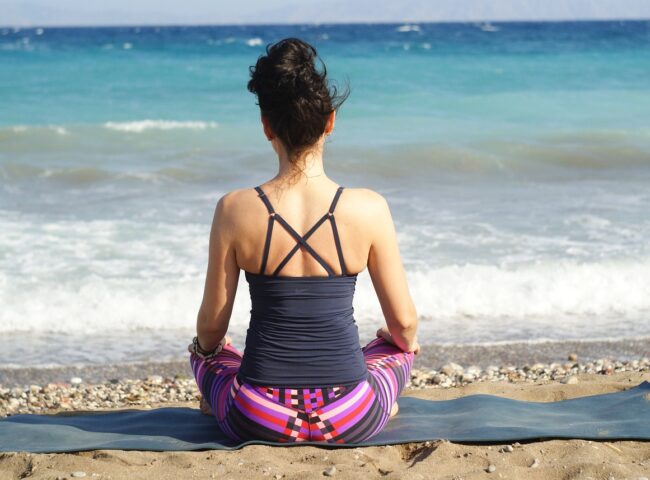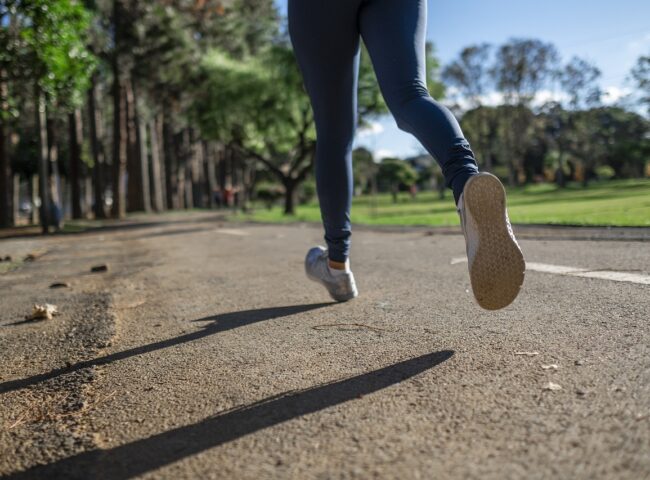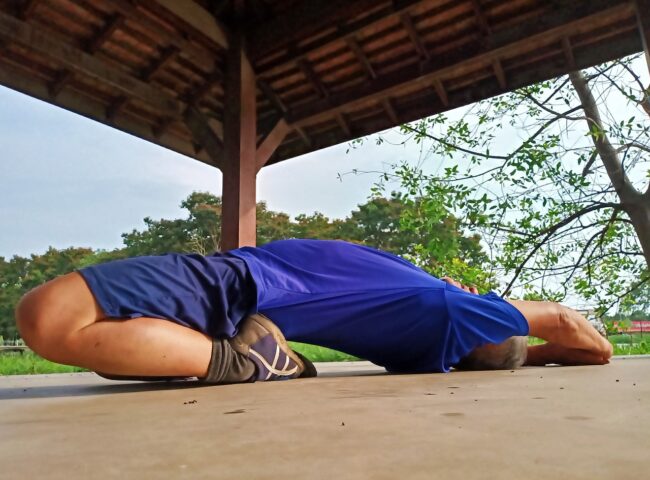Discover the power of exercise as a stress relief tool in this guide. Learn how physical activity can effectively manage stress and anxiety , providing a natural and holistic approach to achieving mental well-being.
In today’s fast-paced world, stress and anxiety are common challenges that many of us face. However, the solution to finding calm and balance might be closer than you think. Regular exercise has proven to be a powerful tool for managing stress and anxiety, offering both immediate relief and long-term benefits. In this article, we’ll delve into how exercise can be your ally in the battle against stress and anxiety.
1. The Science Behind Exercise and Stress Relief: Exercise triggers the release of endorphins, often referred to as “feel-good” hormones. These chemicals interact with receptors in your brain, reducing perception of pain and promoting a positive mood.
2. Boosted Brain Function: Physical activity increases blood flow to the brain, leading to improved cognitive function and a reduction in stress-induced mental fog.
3. Enhanced Sleep Quality: Regular exercise can contribute to better sleep quality, helping to break the cycle of stress and sleep disturbances often associated with anxiety.
4. Reduced Muscle Tension: Physical activity helps release built-up tension in muscles, providing relief from physical symptoms often triggered by stress.
5. Mind-Body Connection: Activities like yoga, tai chi, and mindful movement foster a stronger mind-body connection, promoting relaxation and reducing anxiety.
6. Social Interaction: Group exercise classes or outdoor activities provide opportunities for social interaction, alleviating feelings of isolation that can exacerbate stress and anxiety.
7. Creating a Routine: Establishing a consistent exercise routine adds structure to your day, helping to manage stress by creating a sense of predictability.
8. Cardiovascular Exercise: Aerobic exercises like walking, jogging, and cycling are known to release endorphins and improve overall cardiovascular health.
9. Strength Training: Lifting weights or using resistance bands not only strengthens your muscles but also provides a healthy outlet for stress and anxiety.
10. Mindful Movement: Activities like yoga, Pilates, and qigong combine movement and breath, helping to calm the mind and promote relaxation.
11. Nature Walks: Spending time in nature through walks or hikes can reduce cortisol levels and provide a refreshing change of scenery.
12. Dancing: Dancing is a joyful way to engage in physical activity and express yourself, all while reducing stress and boosting mood.
13. Breathing Exercises: Incorporate deep breathing exercises during or after your workout to activate the body’s relaxation response.
14. Listen to Your Body: Select exercises that align with your preferences and physical capabilities. Overexertion can lead to added stress, so choose activities that make you feel good.
15. Professional Support: If stress and anxiety become overwhelming, consider seeking professional guidance from a mental health practitioner or counselor.
By incorporating exercise into your routine, you’re investing in your mental and physical well-being. Whether it’s a brisk walk, a yoga session, or a dance workout, finding joy and release through movement can be a transformative strategy for managing stress and anxiety. Remember that consistency and self-care are key components of using exercise as a tool to find balance and calm in your daily life.







Leave feedback about this